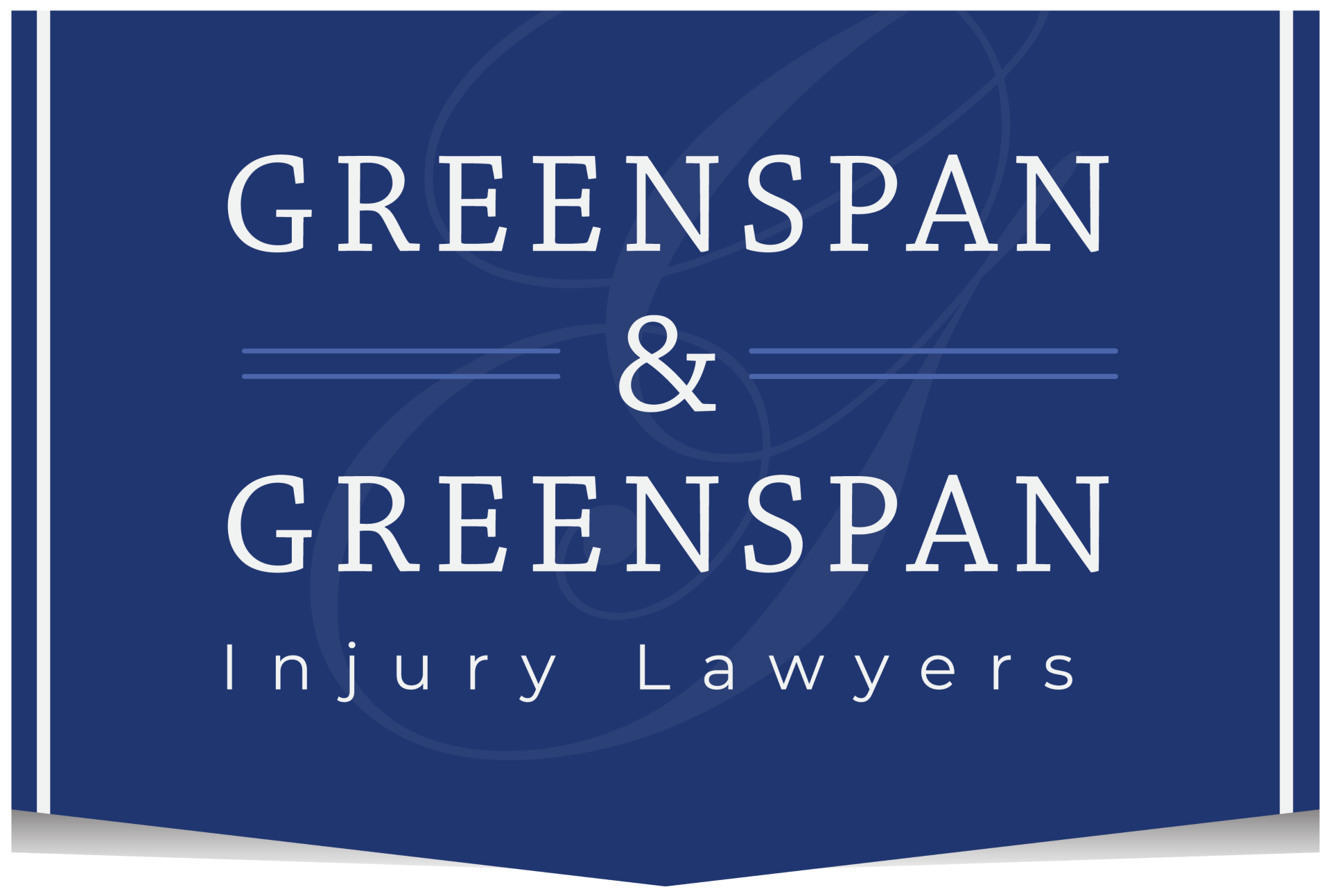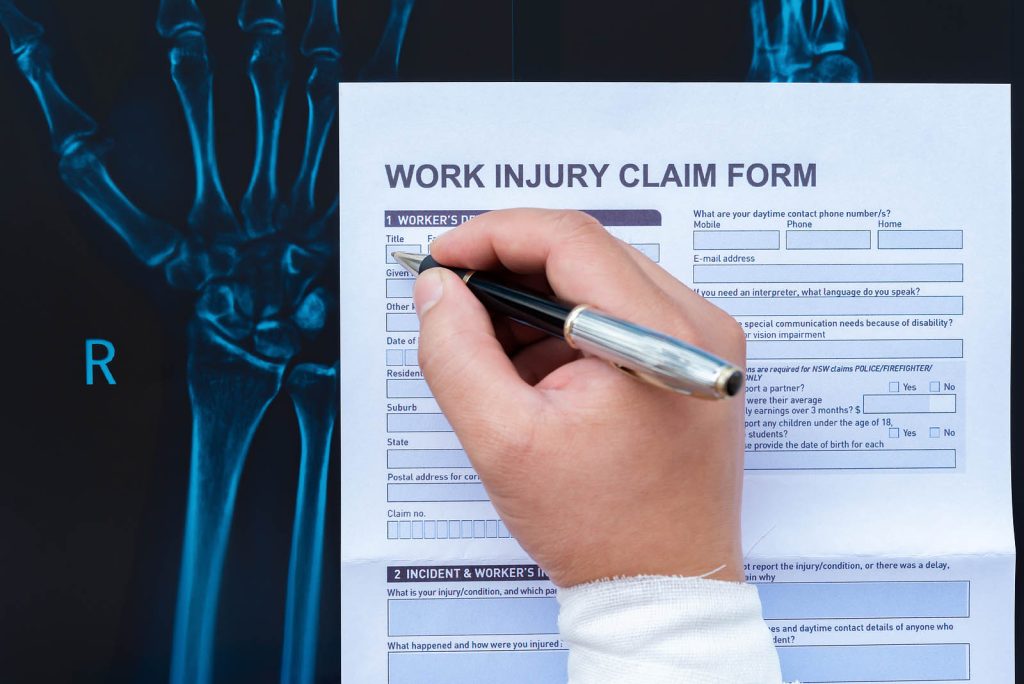Most states, including New York, require a driver to purchase a minimum amount of automobile insurance–or have proof of enough financial means to cover the minimum coverage amounts required by the state–in order to register the vehicle and drive legally on state roads. But, beyond knowing that a driver must purchase insurance in order to legally drive, how many drivers have a basic understanding of auto insurance? Or the different types of coverage that may be purchased in a policy?
At its most basic, auto insurance is purchased as a way to protect a policyholder (driver) from financial loss should an accident occur. Depending on the type of insurance coverage, the goal is to protect against financial loss whether or not the policyholder is at fault for the accident or if the at-fault driver’s policy limits do not cover the total amount of damage done.
Types Of Coverage
While basic auto-insurance policies may differ based on the drivers’ needs or coverage offered by the specific policy, there are generally six basic types of coverage. The Insurance Information Institute lays out these basic types of coverage as:
- Bodily Injury Liability – This type of coverage pays for the injuries that a policyholder causes to another in an accident. This type of policy will also cover a driver or another covered by the policy when driving someone else’s vehicle. Policyholders may be held responsible for the amount of damage that exceeds the policy amount.
- Property Damage – This type of coverage pays for the damage done to someone else’s property, including a vehicle, fence or other piece of property. It will also cover a driver or another covered by the policy when driving someone else’s vehicle.
- Collision – This type of coverage will pay for the damage done by another, an object or a roll-over to the policyholder’s vehicle, including damage done by potholes. It will also cover damage to the vehicle even when the policyholder is at fault for the accident.
- Medical Payments or Personal Injury Protection – This type of coverage pays for the treatment of injuries of the policyholder and the other passengers in the policyholder’s car. It could also cover medical bills, lost wages or funeral expenses.
- Comprehensive – This type of coverage pays for accidents other than a collision, including weather, theft, fire, vandalism, animals or other “acts of God.”
- Uninsured/Underinsured Motorist (UIM) Coverage –This type of coverage protects against the costs incurred when involved in an accident with an at-fault driver who has no insurance or not enough insurance to cover the cost of damage. It also covers damage done during a hit-and-run accident.
More About UIM Coverage
Uninsured/underinsured coverage is one of the types of coverage that is required by the state of New York in order to register a car in the state. As such, there is a minimum amount of UIM that the state requires a driver to buy.
Currently, New York law requires that a driver have $25,000 per person and $50,000 per accident. This means that the insurance will cover up to $25,000 in damage for one person and $50,000 in total for the accident for two or more people. Remember, these are minimums required by the state, but also they serve as maximums for coverage amounts paid by the insurer, and may not be enough to cover the total damage caused.
A Common Situation Where Underinsured Motorist Coverage Comes Into Play
For example, suppose a policyholder with $100,000 in UIM coverage is badly injured in a car accident with a driver who has $25,000 of insurance coverage. After the $25,000 worth of coverage from the at-fault driver is used, the remaining amount, $75,000 ($100,000 UIM coverage minus $25,000 from the at-fault driver), may be recovered from the policyholder’s UIM coverage. Without UIM coverage, the policyholder would have been restricted to recovering only the $25,000 from the at-fault driver.
What If The Policyholder Only Has $50,000 Of UIM Coverage?
The policyholder in that situation has a problem. Once you subtract the $25,000 received from the at-fault driver, there is only $25,000 in available coverage left (50,000-25,000). The policyholder’s damages could be 10 times that amount because of lost wages, or due to terrible injuries sustained in the accident or medical bills over and above what no-fault will cover. It won’t matter. There is still only $25,000 left in available coverage.
For these reasons, it is important to consider raising your UIM limits. But even if UIM limits are increased it is possible to exceed them. It is not uncommon for an accident to exceed both the at-fault driver’s insurance limits and your UIM coverage.
Of course, no matter how much insurance you have, there are times when dealing with the insurance company is best done by a New York car accident attorney. An experienced lawyer can help you assert your legal rights, including the full protections afforded by all applicable insurance policies.








